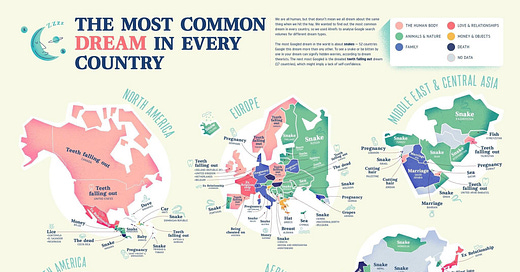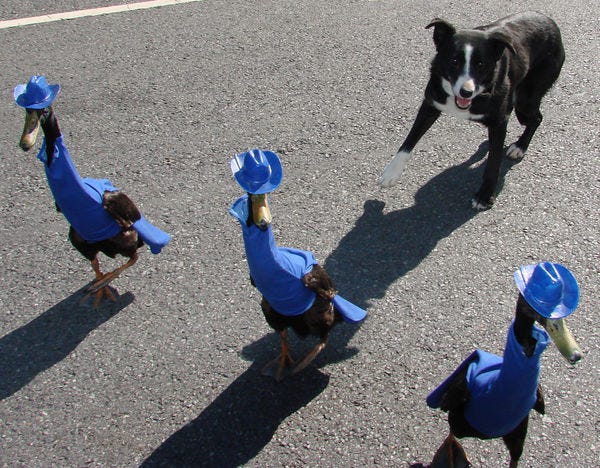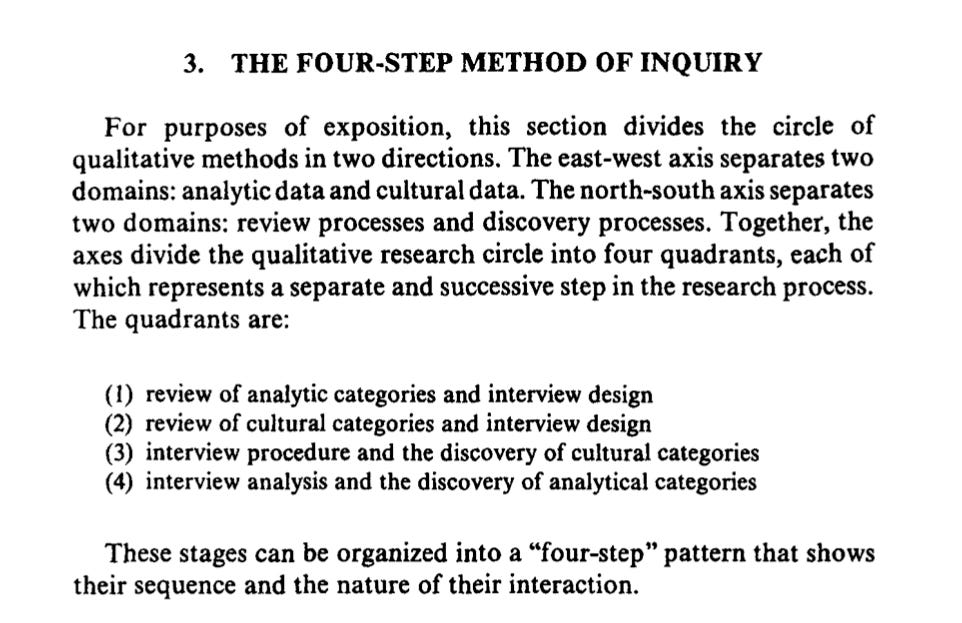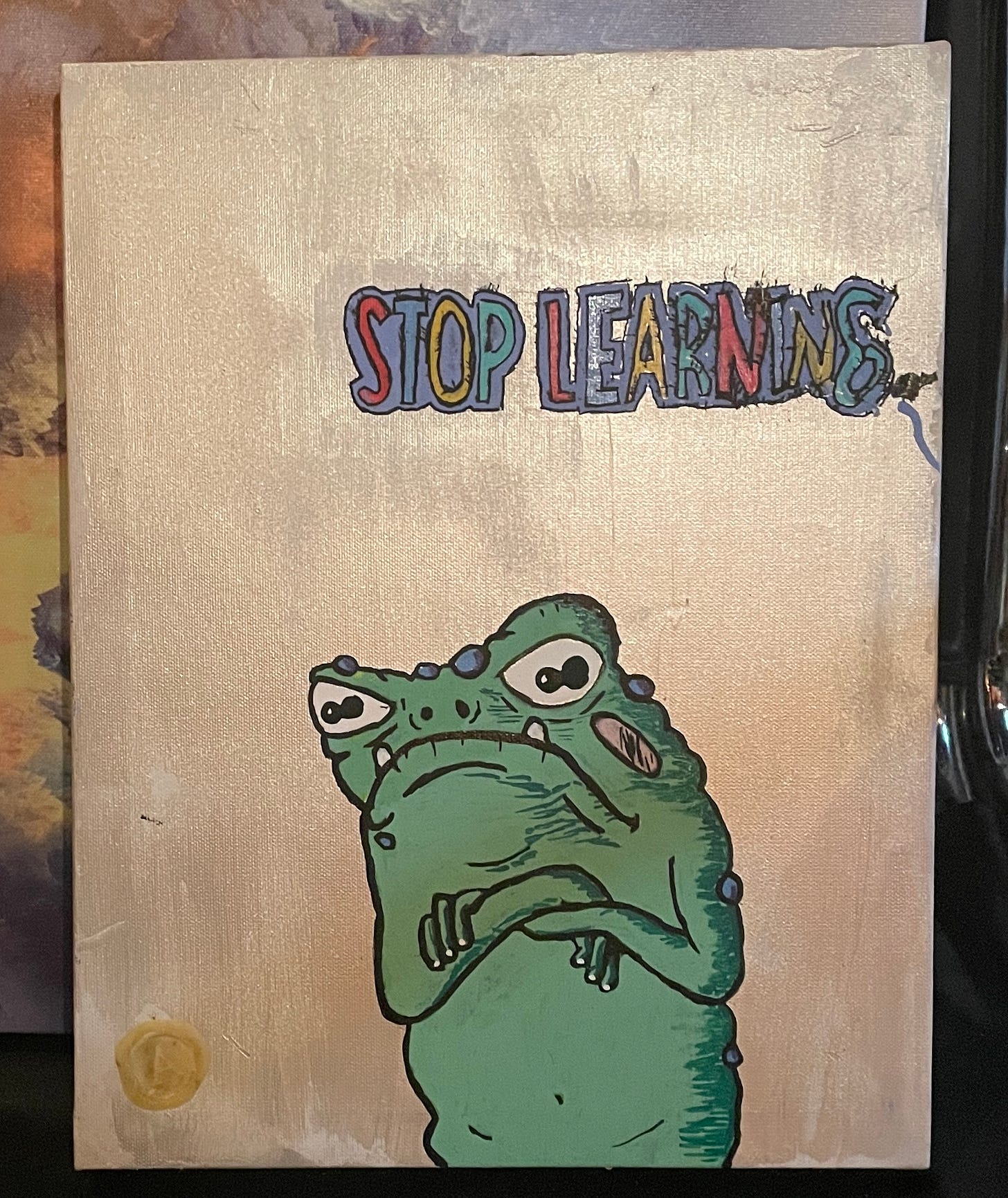This morning I kicked off the long process of interviews/conversations and resource gathering for Scrapbook v2. Many more updates to come– all most exciting than this one.
This is something I’m doing “after-hours” and as such is heavily fueled by coffee. If you want, you can buy me a coffee. But the output will always be open to all.
////
////
A planner’s job is to help ensure that an ad works.
Everything we do– the brief, consumer research, creative feedback– should be through that lens.
And for an industry so obsessed with evidence of “did it work?”, I don’t see a lot of planners who lead with the business problem in a brief.
One frequently ignored area is the brand category and its unique implications. How people buy a car is different than how they buy candy bars. And this should be considered when writing a brief.
How should you advertise a product where the differences between competition are negligible? Well, it depends on your comparative pricing and physical availability.
High priced products in low involvement categories have heavy brand work to do. Lo low availability products in low involvement categories might be better suited having a conversation about distribution.
WARC has a ton on this, which I condensed into the following matrix. I need to re-write the sub text to be simpler language rather than pulled straight from WARC, but it’s a good example of what I’m talking about.
////
Speaking of: This is from a few weeks ago on WARC and is a damaging article.
Because this isn’t how ads work. The super bowl just happened. We shouldnt be measuring effectiveness on such a short term scale– or based on singular pieces of communication. This kind of thinking is how we get QR code screen savers.
////
////
This is too true.
This is why an agency is only as good as its account team.
////
A good reminder on research methods:
Qualitative research requires more intentional – and less direct – lines of questioning.
////
An anti-bullshit agenda for qualitative research:
Clarity
Reason
Economy
Beauty
Truth
(via: “A very short, fairly interesting and reasonably cheap book about qualitative research” (DL link)
////
////
I’ve always hated archetypes. Felt like someone tried to stuff Tarot into a suit.
But I recently had a conversation that shifted how I think about it. The archetype isn’t “who your brand is” (reminder, brands aren’t people, but a collection of associations) but who the buyer wants to become through buying the brand’s product.
Harley isn’t “an outlaw” they’re helping the accountant be an outlaw on the weekend.
It is also useful for avoiding tropes. Everyone in the category is in the space of ________ archetype, therefore we’ll instead position ourselves as __________.
They aren’t helpful if they feel like a dating profile page. it should be about your consumer or about your relationship to the category.
////
This is why I think mascots need to make a comeback.
////
////
This is a great idea. Planning on coopting to some degree soon.
////
Don’t do this:
////
////
Number 2 is really interesting to me. We’re so obsessed with “the platform” and “the concept” – What if we started by pitching scripts? (I’ve actually witnessed this in a round one concept presentation and it went over really well).

















